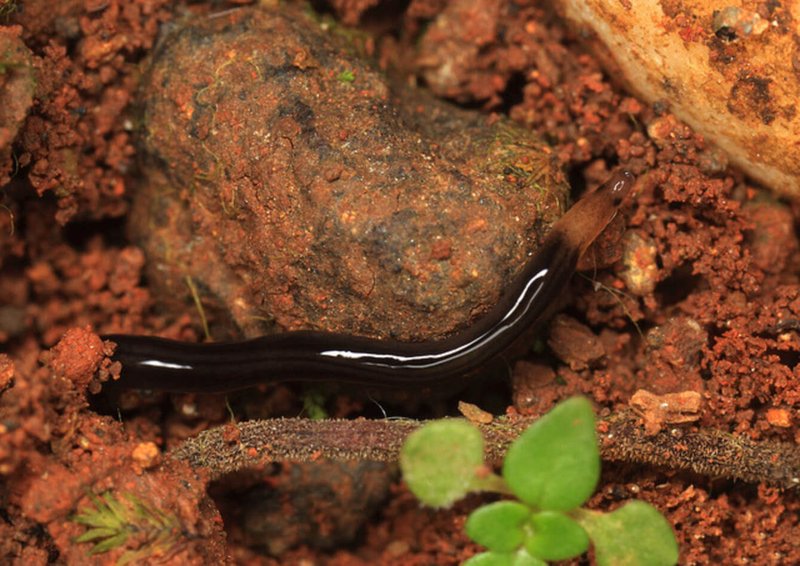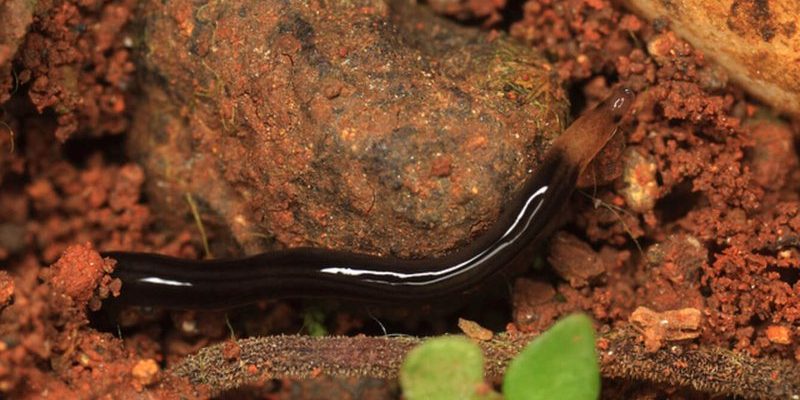
Now, you might be wondering what makes these organisms special. Ribbon worms are more than just a pretty face; they have unique features that set them apart from other marine life. They belong to a group called nemerteans, which have been around for millions of years. Whether you’re a budding marine biologist or just someone curious about the ocean’s wonders, this article is for you.
What Exactly Are Ribbon Worms?
Ribbon worms, or nemerteans, are a type of soft-bodied marine invertebrate. They can usually be found in oceans worldwide, from shallow coastal waters to the deep sea. The most striking characteristic is their long, slender bodies, which can measure from a few centimeters to over 30 meters long in some species. When stretched out, they appear ribbon-like, hence the name.
These creatures have soft, fleshy bodies with a unique anatomy. They possess a proboscis, which is a long, tubular structure that can extend quickly to capture prey. Imagine a party balloon that can stretch and contract at will—this is how fascinating their feeding method is! They mostly feed on small invertebrates like shrimp and worms, making them important players in their underwater ecosystems.
One interesting fact: some species of ribbon worms can even regenerate lost body parts. That means if they get injured, they can grow back what they’ve lost! This ability has made them a subject of interest in scientific research, particularly in studies related to regeneration and healing.
The Unique Anatomy of Ribbon Worms
The body structure of ribbon worms is pretty remarkable. They have three main parts: the head, the trunk, and the tail. The head is where you’ll find the proboscis, while the trunk is elongated and houses their organs. The tail can vary in length depending on the species.
One of the coolest aspects of their anatomy is the way they move. Ribbon worms use a combination of muscle contractions and cilia—tiny hair-like structures—on their bodies to glide smoothly through water or burrow into the sand. Picture a snake slithering along the ground. That’s how these creatures navigate their environment.
Moreover, they have a coelom, which is a fluid-filled body cavity that allows for better movement and organ function. It’s like living in a water balloon—providing space for all the internal organs to move around freely. This feature is not only crucial for their movement but also plays a role in how they reproduce and digest food.
Where Can You Find Ribbon Worms?
If you’re keen to spot a ribbon worm, the best places to look are shallow coastal waters, estuaries, and even mudflats. These creatures prefer sandy or muddy substrates where they can burrow and hide from predators. They often blend into their surroundings, making them tricky to find.
When they’re not hiding, you might catch them swimming. They can sometimes be spotted near the surface, gliding gracefully as they hunt for food. Some species are even found in deeper marine environments, showing just how adaptable they can be.
If you’re ever walking by the shore, keep an eye out for small holes in the sand. These could be homes of ribbon worms! They might poke their heads out if they sense movement nearby. Just remember, they’re shy creatures, so approach with care and patience.
How Do Ribbon Worms Reproduce?
Reproduction in ribbon worms can be quite fascinating. They usually reproduce in a couple of ways: through sexual and asexual methods. In sexual reproduction, many species release eggs and sperm into the water, where fertilization occurs. This method is often a synchronized event, with multiple individuals breeding at the same time. Imagine a big underwater party where everyone is sharing their “genetic confetti!”
On the other hand, some ribbon worms can reproduce asexually by fragmentation. This means that if a ribbon worm breaks into pieces, each piece has the potential to become a new worm. This ability to regenerate makes them quite resilient, which is one reason they’ve survived for so long in the marine environment.
Interestingly, most ribbon worms reach maturity within a year, and some species can live up to ten years. So, while they might be small and seemingly delicate, their life cycle packs quite a punch!
The Importance of Ribbon Worms in the Ecosystem
Ribbon worms play a significant role in their ecosystems. As predators, they help control populations of smaller invertebrates, thereby contributing to the overall balance of marine life. Their presence indicates a healthy ecosystem, as they thrive in environments rich in biodiversity.
In turn, they also serve as prey for various larger animals, including fish and birds. So, you could say they’re an integral part of the food web, ensuring nutrients circulate throughout the marine environment.
Additionally, ribbon worms are involved in nutrient cycling. By breaking down organic material in the sediment, they help release nutrients back into the water, which can be utilized by other organisms. It’s like they’re nature’s little recyclers, making sure everything stays balanced and productive.
Challenges Facing Ribbon Worms
Despite their resilience, ribbon worms face several challenges. Pollution, habitat destruction, and climate change can significantly impact their populations. For example, coastal development can lead to the loss of the shallow waters they call home.
Moreover, ocean warming affects their natural habitat, altering the ecosystems they depend on. Changes in water temperature and chemistry can disrupt their feeding patterns and breeding behaviors. It’s a bit like throwing off the delicate balance of a well-crafted recipe—too much change, and things just don’t turn out right.
Conservation efforts focused on protecting marine habitats are crucial to ensure the survival of these fascinating creatures. By being mindful of our actions and supporting ocean health, we can help maintain the habitats ribbon worms need to thrive.
Final Thoughts on Ribbon Worms
Ribbon worms may not be the most famous marine creatures, but they certainly have a lot to offer. Their unique structure, intriguing reproductive methods, and crucial role in marine ecosystems make them a worthy subject of study and appreciation.
Next time you’re by the ocean, take a moment to appreciate the hidden wonders beneath the waves. You never know; you might just catch a glimpse of a ribbon worm doing its thing—slithering through the sand or elegantly swimming through the water. Remember, the ocean is full of surprises, and ribbon worms are just one of many treasures waiting to be discovered.

